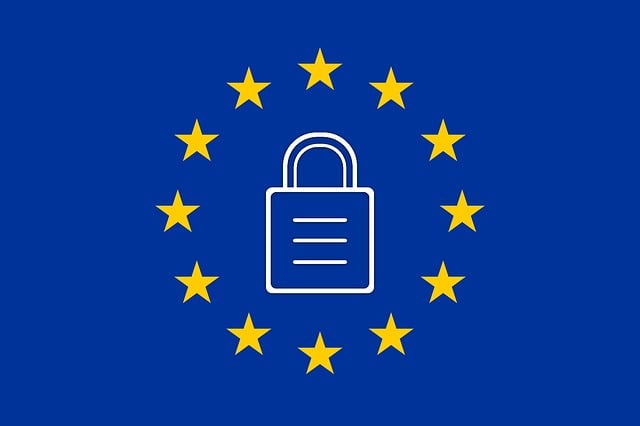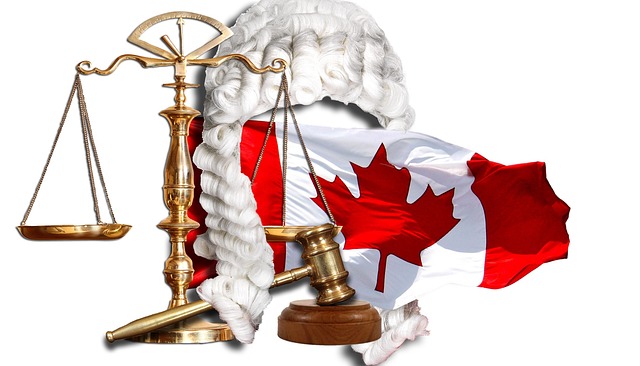Contempt of court involves willfully ignoring or failing to abide by a court order, impacting civil and criminal cases. It includes missing appearances, disregarding subpoenas, hindering witnesses, and various misconducts. All involved in legal proceedings can be held accountable. Serious consequences include fines, imprisonment, and tailored remedies. Proceedings begin with identifying contumacious acts, followed by documentation, hearings, and adjudication. Robust evidence is crucial. Judges enforce compliance using penalties and remedial measures to maintain judicial authority and justice.
Contempt of court is a serious legal issue with significant consequences. This article provides a comprehensive guide to understanding and navigating contempt enforcement procedures. We delve into key aspects such as defining and scoping contempt, identifying who can be held accountable, differentiating between direct and indirect, civil and criminal contempt, and exploring initiation of proceedings, evidence requirements, available sanctions, and court discretion. Gain essential legal insights on managing and enforcing contempt of court.
- Understanding Contempt of Court: Definition and Scope
- Who Can Be Held in Contempt: Parties and Officers
- Types of Contempt: Direct vs Indirect and Civil vs Criminal
- Initiating Enforcement Proceedings: Steps and Petitions
- Evidence and Burden of Proof in Contempt Cases
- Sanctions and Remedies: Options for Court Discretion
Understanding Contempt of Court: Definition and Scope

Contempt of court is a legal concept that refers to the willful failure or refusal to comply with a court order or to interfere with the administration of justice. It’s a broad term encompassing various actions, from failing to appear in court as directed to disregarding a subpoena or hindering a witness. The scope of contempt can extend to both civil and criminal contexts, making it a significant concern for anyone involved in legal proceedings.
Understanding what constitutes contempt is crucial because it triggers specific enforcement procedures designed to ensure compliance with court orders. These procedures vary based on the nature and severity of the contemnor’s actions, ranging from fines and imprisonment to more tailored remedies aimed at rectifying the underlying violation.
Who Can Be Held in Contempt: Parties and Officers

In the context of contempt of court, any individual or entity can be held accountable, including both parties involved in a legal dispute and officers of the court. Parties, such as plaintiffs, defendants, witnesses, or their representatives, may face contempt charges if they willfully fail to comply with a court order or engage in conduct that obstructs the judicial process. This could encompass actions like failing to appear for a scheduled hearing, providing false testimony, or intentionally withholding evidence.
Officers of the court, such as lawyers, judges, or bailiffs, also fall under this category. They are expected to uphold the integrity and fairness of the legal system. Lawyers might be held in contempt for improperly influencing witnesses or failing to disclose relevant information. Judges and their staff can be accused of contempt if they manipulate cases, fail to maintain confidentiality, or display bias. Bailiffs and court officers are responsible for ensuring order within the courtroom and can face contempt charges for allowing disruptive behavior or not fulfilling their duties as assigned by the court.
Types of Contempt: Direct vs Indirect and Civil vs Criminal

Contempt of court is a serious matter with significant legal implications. Understanding the different types of contempt is crucial for both legal professionals and individuals facing such charges. There are two primary categories: direct and indirect contempt. Direct contempt occurs when an individual deliberately acts in a way that defies or shows open disrespect towards a court, such as interrupting proceedings or refusing to comply with a court order. Indirect contempt, on the other hand, involves actions that indirectly obstruct or impede the administration of justice, like failing to appear in court or providing false information under oath.
Furthermore, contempt of court can be classified into civil and criminal categories. Civil contempt is typically associated with failure to comply with a court order related to a civil matter, such as not paying alimony or child support. Criminal contempt, however, involves actions that interfere with the court’s ability to conduct criminal proceedings, like disrupting a trial or refusing to testify truthfully. These distinctions are vital as they determine the specific legal remedies and penalties applicable to each type of contempt.
Initiating Enforcement Proceedings: Steps and Petitions

Initiating enforcement proceedings for contempt of court involves a meticulous process that begins with careful consideration and documentation. The first step is to identify the specific act or omission that constitutes contempt, whether it’s willful failure to comply with a court order, false statements under oath, or any other conduct deemed contumacious. This information is crucial for drafting a comprehensive petition detailing the alleged contempt, supporting evidence, and requested relief.
Once prepared, the petition is filed with the appropriate court, typically accompanied by an affidavit providing further verification. The court then reviews the petition, assessing its merit and whether it states a valid claim of contempt of court. This initial evaluation sets the stage for subsequent hearings where both parties present their cases, leading to potential adjudication and enforcement actions aimed at compelling compliance or imposing sanctions.
Evidence and Burden of Proof in Contempt Cases

In contempt of court cases, the role of evidence and the burden of proof is crucial in ensuring justice. The party alleging contempt bears the initial responsibility to present compelling evidence that establishes a prima facie case. This means they must demonstrate, on the balance of probabilities, that the alleged contemnor has violated a court order or engaged in disruptive behavior.
The type of evidence required can vary widely depending on the specific contempt allegations. It may include written orders, audio/video recordings, witness testimonies, or financial records. Once the initial case is established, the burden shifts to the contemnor to provide a defense or explain their actions. The court will then evaluate all the presented evidence and determine whether the contemnor’s conduct constitutes contempt of court.
Sanctions and Remedies: Options for Court Discretion

When dealing with contempt of court, the court has a range of sanctions and remedies at its discretion. These options can vary depending on the nature and severity of the contemnor’s actions, as well as any mitigating circumstances. Common remedies include fines, imprisonment, or both, which serve to penalize the offender and deter future non-compliance.
In addition to punitive measures, courts may also order remedial actions to address the specific harm caused by the contemptuous behavior. These can include requiring the contemnor to take specific actions, such as restoring property or complying with a court order, to rectify the situation. The court’s choice of sanction aims to ensure respect for judicial authority while promoting justice and fairness in the legal process.






